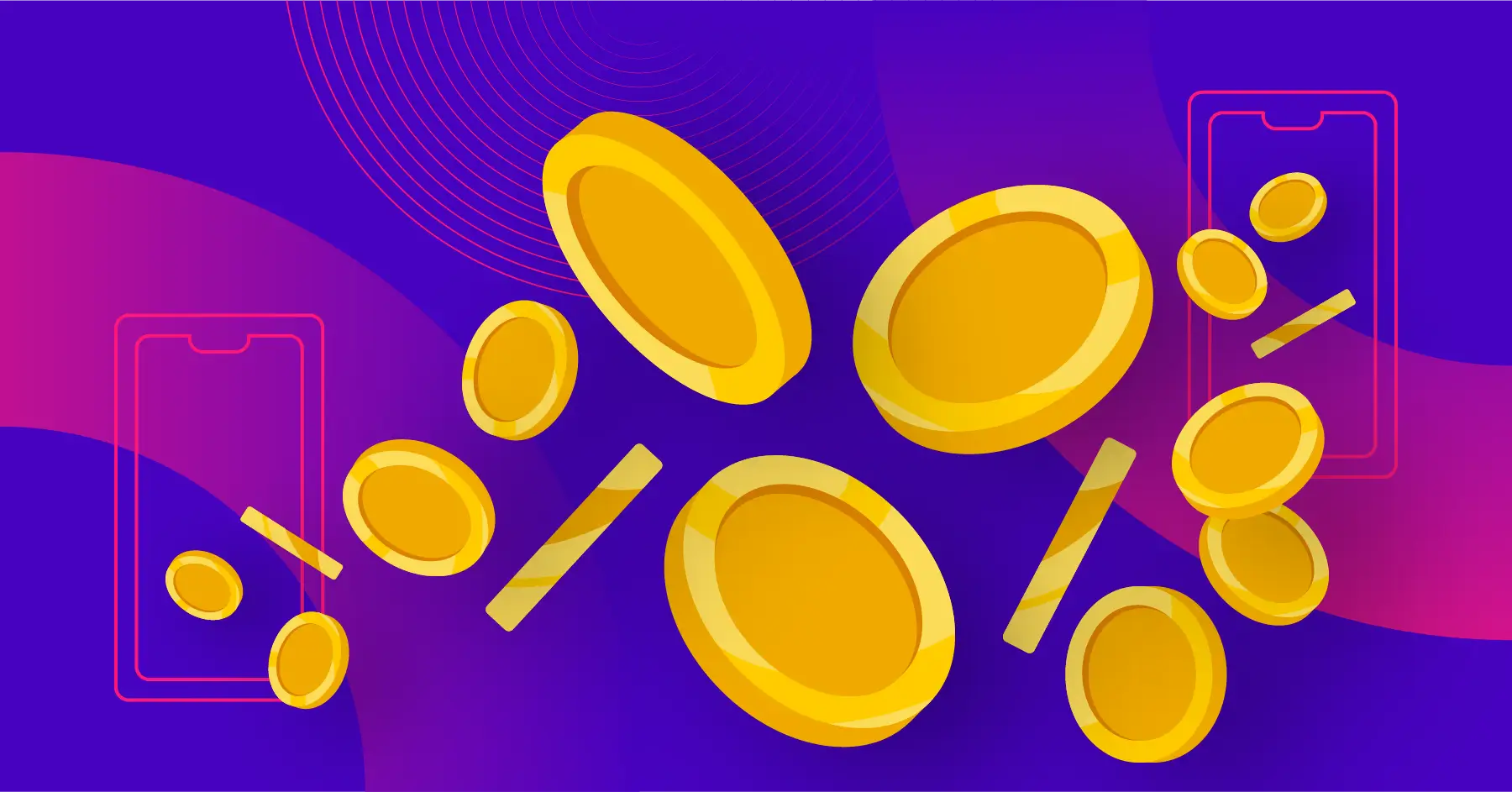What is play-to-earn all about?
• 4 min read

It’s no secret that gaming has evolved from a hobby to a gigantic business. According to Accenture, the global business is now worth more than $300 billion, much of that due to a surge of new gamers seeking social engagement. Indeed, with many new trends coming and going, play-to-earn has been quite a topic, and it seems to be changing the concept of games.
By definition, a play-to-earn game is any game that rewards players with something that has real-world or virtual-world value. Therefore, each play-to-earn game offers rewards to players in different ways. Most games will pay out with real money, NFTs or in-game virtual currencies or cryptocurrencies. Consequently, they may be exchanged and sold to other players or external traders.
Play-to-earn comes with some big questions: “Does everybody win? Where does the money come from? How can people make money playing? Is it a guarantee that users will make money? Is it gambling?”. We’re going to address some of these topics in today’s post.
Where does the money come from? How do developers profit?
The more people play and spend on a game, more money is generated. Players can earn based on their abilities and knowledge of the game. And these digital game assets can generate profit, inside and outside the platforms. Moreover, games with solid communities and brands have an edge over others, and with play-to-earn games, that is a key factor.
Is play-to-earn a guarantee that users will make money?
P2E model creates the opportunity, but it will depend on the player’s ability, time invested in the game, its popularity, as well as demand for in-game goods or the underlying reward.
“Play-to-earn is not a magic pill that will make any game profitable for players, yet it sets a precedent and a canvas for such a value-distributing game”, said the co-founder of open-source AR platform OVR, Diego Di Tommaso for the Insider.
Play-to-earn and blockchain?
To talk about it, it is interesting to check the biggest blockchain-based play-to-earn projects and tokens. You can check the top play-to-earn tokens by capitalization at CoinMarketCap. Some names when talking about play-to-earn in the blockchain space are:
- The Sandbox
- Axie Infinity
- Gods Unchained
- Gala Games: Town Stars
- Decentraland
- Plant VS Undead
- Illuvium
What is in their Metaverse?
In the game world of Axie Infinity, for example, you earn SLP tokens, which you can trade for fiat or stablecoins on exchanges. Furthermore, in a specialized marketplace, you may also sell and exchange digital goods like land and weapons in the form of NFTs with other players. Because these objects would be tokenized, they would be one-of-a-kind assets that could not be duplicated. Also, the token for these items would be securely maintained in a distributed ledger.
In Decentraland and The Sandbox, you can sell and buy virtual plots. Some of these games created Metaverse Properties, a real estate business in the metaverse. According to CNBC, a virtual plot of land on Decentraland was recently sold for $1.3 million.
Is it gambling? Should gambling regulations apply?
The question of whether gambling regulations should be applied to the play-to-earn model, in which users acquire and lose assets, arises. Indeed, it’s a valid question, but the profit that players can earn in a game is much more related to the skills of each individual, money invested, time spent on the game and expertise. The way to success has more to do with the fun work of the play-to-earn business model than simple luck. But, of course, at the end of the day, users can make money out of it. Therefore, depending on the local regulations in some countries, play-to-earn may be considered gambling or you may find specific restrictions to operators in this model.
What about its future? Is play-to-earn sustainable?
The play-to-earn model provides the possibility to make money doing something that many people love. While it’s still a niche, it has the potential to change more than just the gaming industry. Moreover, some argue that it has the potential to alter how individuals interact with each other and perceive traditional socioeconomic systems.
Indeed, it appears that play-to-earn games are at the forefront of a larger gaming trend: the physical and digital worlds are becoming increasingly intertwined. It’s a universe that just started to be explored, with great possibilities for developers and new markets.
More from our blog








